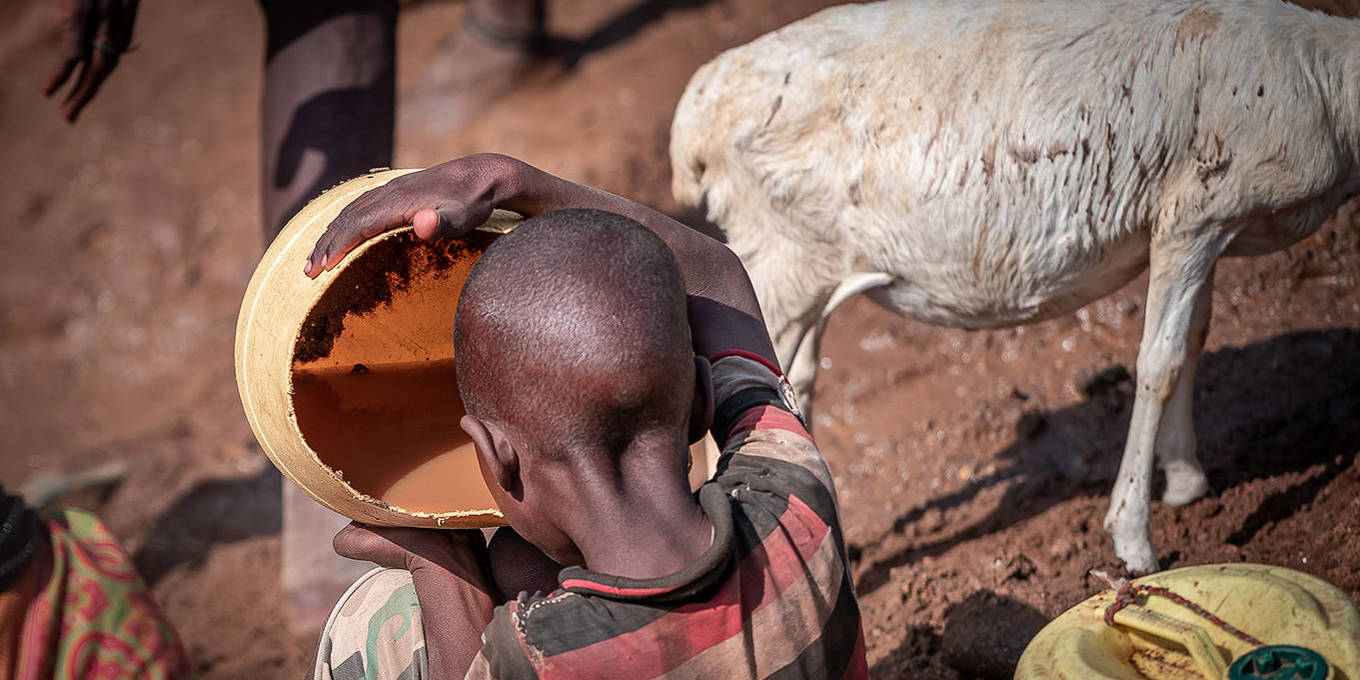
As agricultural production falters and competition over dwindling resources intensifies, food insecurity has emerged as one of the primary factors behind the global migration surge. Unless leaders confront the root causes of displacement, today’s mounting pressures will escalate into a crisis no government can contain.
LONDON – In the first half of 2025, nearly 20,000 people crossed the English Channel to the United Kingdom in small boats – a 48% increase from the same period last year. In Greece, arrivals from Libya have surged by 173% since the beginning of 2024.
- Glory to Stalin
 Alexander Nemenov/AFP/Getty Images
Alexander Nemenov/AFP/Getty Images - What China Wants
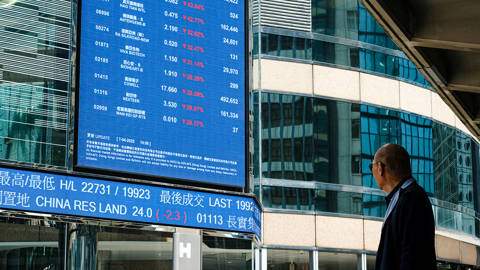 Getty Images
Getty Images - Beware the Greek Success Story
 Kostis Ntantamis/NurPhoto/Getty Images
Kostis Ntantamis/NurPhoto/Getty Images
Seeking to curb migration, Western leaders are bolstering border enforcement and striking deals with transit countries. European Commission President Ursula von der Leyen has called for stronger border controls across the continent, and UK Prime Minister Keir Starmer has vowed to “smash the gangs” facilitating illegal crossings.
While the number of international migrants has nearly doubled since 1990, today’s migration pressures are just a glimpse of what lies ahead, as climate change threatens to accelerate displacement sharply. Leaders alarmed by current trends must recognize that these are merely early tremors. Reactive, short-term restrictions will be wholly inadequate to stem the rising tide of people displaced by climate-driven conflicts and disasters.
Instead, governments must confront the root causes of migration. Chief among them is food insecurity, which is rising globally as climate change severely disrupts agricultural production. Nowhere is this more acute than in Africa, which has just experienced its warmest decade on record. In 2023, Kenya suffered its worst drought in 40 years. The following year, Southern Africa faced its most severe drought in at least a century, reducing maize harvests in Zambia and Zimbabwe by more than half. Meanwhile, devastating floods in South Sudan wiped out more than 30 million farm animals in 2024.
These disruptions are harbingers of a more volatile future marked by increasingly frequent and severe climate shocks. If current trends persist, Africa’s crop yields could fall by 18% by 2050, while the continent’s population is projected to double by 2070. Elsewhere, too, agricultural productivity is faltering just when it must rise sharply to meet growing demand.
The ripple effects of climate change will not stop at national borders. Climate-driven food insecurity is already one of the main forces driving record-high migration from rural areas to urban centers. As harvests fail and extreme weather destroys livelihoods, more people will be forced to leave their homes in search of safety, stability, and opportunity. Growing competition over dwindling resources is bound to trigger political instability and violent conflict, further fueling migration pressures.
HOTTEST SALE OF THE SUMMER: Subscribe now for 40% less 
HOTTEST SALE OF THE SUMMER: Subscribe now for 40% less
Our Summer Sale has begun. Get more access to Project Syndicate, starting at less than $5 per month for your first year. Click the button below to view our subscription offerings.
Subscribe Now
With collapsing food systems already straining governments and testing the resilience of international cooperation, investing in climate-resilient agriculture is the most effective way to ensure global stability. For Western leaders, that means taking concrete steps to expand climate-resilient agriculture abroad, from deploying early warning systems and scaling up drought-resistant crops to promoting agroecological practices that provide protection against extreme weather events.
But making these solutions widely accessible will require dismantling the financial and technical barriers that leave farmers without the tools, knowledge, and capital they need to adapt.
To this end, policymakers and international financial institutions must focus on interventions that can be rapidly scaled. For example, sharing satellite and meteorological data would strengthen early warning systems – a vital resource that enables farmers and governments to take timely, preventive action to protect harvests.
Yet these systems remain out of reach for roughly 60% of Africa’s population. To close this gap, the international community must support regional training hubs and model farms that demonstrate appropriate agroecological practices. Equipping farmers with such expertise will enhance local resilience and help de-risk private investment in innovative agricultural technologies, especially when combined with blended finance tools and public guarantees.
At the same time, Western governments and multilateral organizations must reverse the decade-long decline in public funding for agricultural research and development, which has weakened the global innovation pipeline just as climate risks intensify. As the Tony Blair Institute’s latest paper notes, although research into climate-resilient crops is advancing in high-income countries, it often fails to reach farmers in emerging economies, where commercial incentives are limited.
One promising solution is advance market commitments – a mechanism that enables governments and international institutions like the World Bank to create a market for specific products by pledging to purchase or subsidize them once they are developed. Applying this model to climate-resilient crops could help unlock the investment needed to scale them, benefiting farmers in Africa and beyond.
With population growth driving up demand for agricultural land, today’s food systems cannot meet tomorrow’s needs without bold innovation and political will. To keep pace, regulatory frameworks must become more agile, allowing for faster approval and adoption of next-generation technologies like precision agriculture, gene-edited crops, and alternative animal feeds. As global demand for solutions rises, countries that act early will be best positioned to capture the resulting economic gains.
Strengthening agricultural resilience is not just a development issue; in an age of escalating climate-related disasters, it is a geopolitical imperative. Fortifying borders in the face of growing migration and asylum claims remains a costly and ineffective stand-in for tackling the deeper drivers of displacement, instability, and food insecurity. Without a fundamentally different approach, today’s migration pressures will spiral into a crisis that no government can contain.

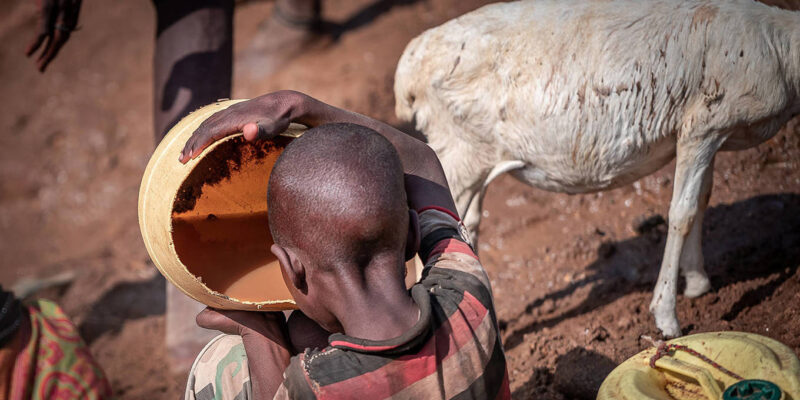




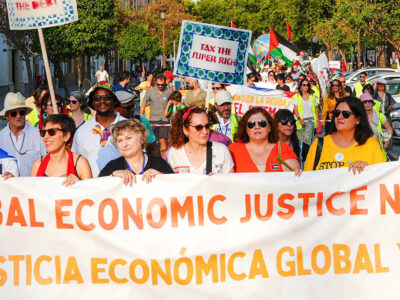

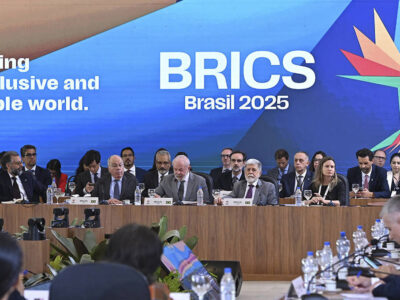


Comments